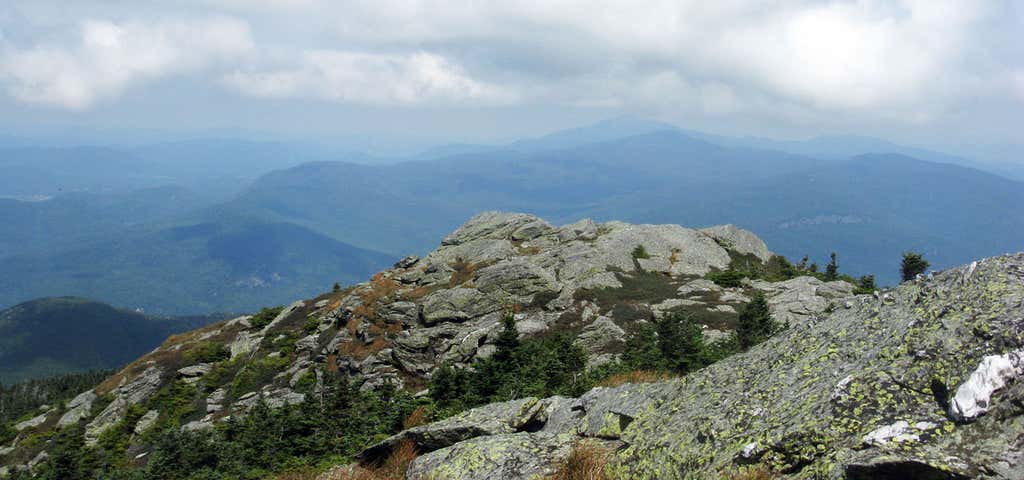“Discover all that Rugged Vermont has to Offer!”
Waubanaukee Indians first named it "Tah-wak-be-dee-ee-wadso" or Saddle Mountain. Samuel de Champlain's explorers in the 1600's called it "lion couchant" or resting lion. The name "Camel's Rump" was used on a historical map by Ira Allen in 1798, and this became "Camel's Hump" in 1830. The Park came about as an original gift of 1000 acres including the summit from Colonel Joseph Battell, who originally bought Camel's Hump to preserve the wooded mountainous view from his home. In 1911, care of the mountain was entrusted to the State Forester who managed with the aim to keep it in a primitive state according to Battell's wish. The State of Vermont eventually adopted a policy of development regulation on all state forest lands to preserve aesthetic values. It fought proposed intrusions by communications towers and ski resorts until the summit's Natural Area was set aside; then special legislation was passed in 1969 to create a Forest Reserve whose state-owned acres (about 20,000 by 1991) form Camel's Hump State Park. Primitive camping is allowed only in the lower elevations and away from trails, roads, and water, in accordance with the state primitive camping guidelines. Otherwise, overnight camping is permitted only in Green Mountain Club shelters and lodges, and at Hump Brook Tenting Area. Shelters and lodges are supervised by GMC from May to October with a nominal fee for overnight use. There is a 2-night limit. The shelters are open year-round, and reservations are not accepted. Open fires are permitted only in tent platform fire rings and in designated primitive camping areas.
Be the first to add a review to the Camel's Hump State Park.
/-72.84949,44.313409,14/300x172@2x?access_token=pk.eyJ1Ijoicm9hZHRyaXBwZXJzIiwiYSI6ImNsdjQ5N2VtZDA2bW8ycW13ZHAxeGhjbjkifQ.UIccpoAxc7g3BAuK4s9vjg)
Camel's Hump State Park
Hours
Problem with this listing? Let us know.
Has RV parking changed? Let us know.
-
Parking
-
Pets Allowed
-
Restrooms
-
Wifi
-
Wheelchair Accessible
-
Credit Cards Accepted
